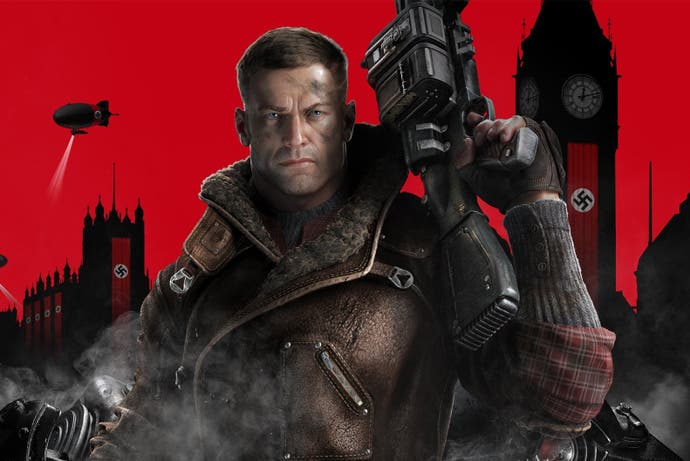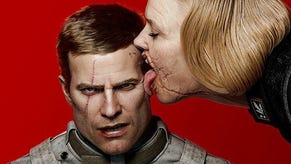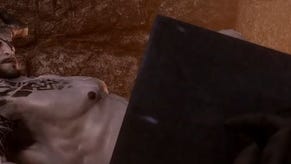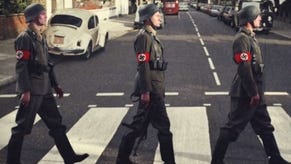Face-Off: Wolfenstein: The New Order
PC, PS4, Xbox One and even PS3 versions compared.
id Tech 5 was designed from the ground up for 60fps gameplay, so what kind of results could be extracted from it now all the power of the new generation of consoles is at its disposal? With last week's release of Machine Games' Wolfenstein: The New Order, we finally found out. In our initial performance analysis, we went in search of the first cross-platform 1080p60 first-person shooter and while the game mostly delivered, the discovery of a dynamic resolution suggested that, once again, PlayStation 4 had managed to trump its Microsoft rival.
After first isolating an obvious example of the tech at work on Xbox One, a more detailed look at the captures revealed that both versions of the game achieve their locked 60Hz update by adjusting the amount of pixels rendered at any given point, in effect balancing engine load in order to put consistent refresh and controller response first.
Having now completed our analysis, it's clear that the PS4 gains an advantage with smaller drops in resolution that occur less frequently than they do on Xbox One. Metrics in the area of 1760x1080 are found on PS4, while on the Xbox One this can drop to an extreme of 960x1080 in some scenes. This is usually identifiable by an increase in the amount of jaggies on screen, along with a slightly fuzzier appearance to the already gritty aesthetic that Machine Games employs throughout the game.
Strangely, some of the drops in resolution occur when there is hardly anything happening - similar to what we saw with Rage on last-gen consoles. On top of that we also find that there is always a horizontally applied one-pixel-wide blur across all edges regardless of whether resolution is native. One theory is that the internal upscaler pass is always active regardless of resolution, so as a result the algorithm just samples the edge pixels and blurs as a standard routine. This results in some slightly fuzzy-looking edges that bring image quality down a notch when compared to the PC version (which has no dynamic scaling tech we could find), although the presentation remains pretty sharp in native 1080p.
"Wolfenstein: The New Order clocks in at around 40GB on Xbox One, PS4 and PC, with the same quality assets deployed on all platforms."
Alternative comparisons:
On the PC side of things, native 1080p resolution and beyond is a given if you have capable-enough hardware, but the presentation is further bolstered by some very mild anti-aliasing, which helps to reduce stair-stepping across long edges and chunkier details across the gritty environments. However, jaggies and pixel crawl are heavily noticeable in motion - particularly on sub-pixel elements - suggesting that any AA coverage is being applied very early on in the rendering pipeline before various effects and light sources come into play. The outcome is that Wolfenstein often looks like it features no anti-aliasing at all, and curiously there are no options in the game's own graphics settings menu to toggle the effect; the level of AA present appears to be fixed by the developer, although it is possible to force multi-sampling (MSAA) to further clean up the image.
Doing this requires editing of the game's config file, because forcing edge-smoothing using the Nvidia or ATI control panels alone doesn't work. Due to the amount of render passes used by the engine, high levels of MSAA are required to deliver a mostly artefact-free presentation, but this impacts heavily on performance if other memory-intensive settings are also ramped up. Elements such as texture quality and shadow resolution in particular really need GPUs with several gigabytes of RAM when maxed out in order to provide a playable experience. This leads to extra faffing about in order to achieve a solid 60fps while maintaining a high level of artwork and image quality, whereas the console versions lock at 60fps and take care of all the settings management for you.

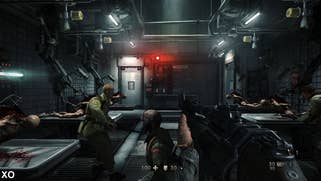

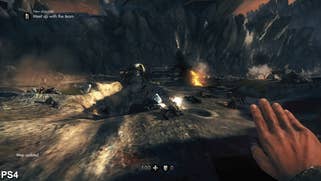
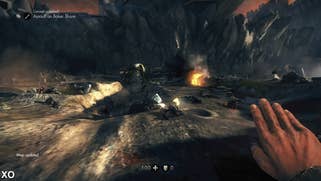
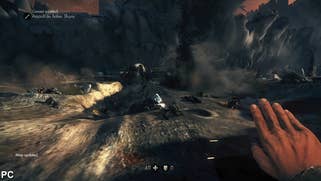

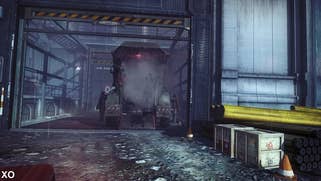
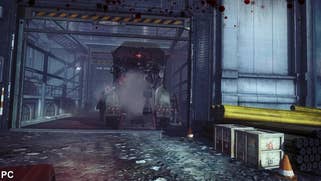
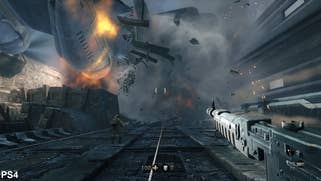
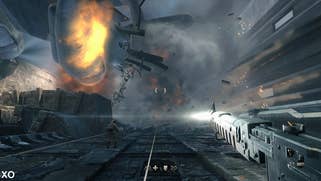

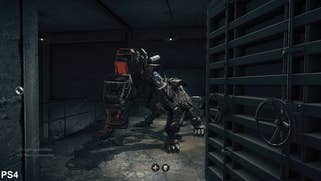

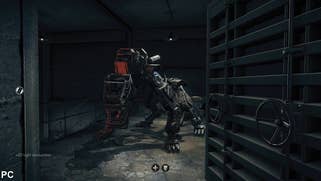
Featuring a similar file size on all platforms (around 40GB) the same artwork is used across the PS4, Xbox One and PC versions of Wolfenstein, with environments featuring a mix of incredibly high and extremely low-resolution textures. Despite asset parity, the level of anisotropic filtering is slightly higher on the consoles. Streaming is handled to a similar degree across all formats with variable levels of texture pop-in between the three platforms. There's no clear winner here - all three have issues at various points, although PS4 and PC owners should be able to improve matter by installing an SSD into those systems.
Despite varying degrees of texture pop-in, the use of virtual textures generally does a solid job of providing varied and detailed artwork: there's little in the way of repeated patterns and the environments are filled with lashings of unique detail. This aesthetic is enhanced by the use of a high-frequency noise filter across textures, adding more perceived detail to the artwork but also presenting a rather artificial appearance. That said, texture quality in general is a real mixed bag, with both highly detailed and extreme blurry low-resolution art employed throughout, so perhaps this is why the noise filter was added.
On the whole the graphical experience in Wolfenstein is very similar across all three platforms, with the consoles coming close to matching the PC game running at maximum settings, although shadow quality and post-processing appear to operate at a notch below. For example, a higher precision depth-of-field implementation preserves more detail on PC, the level of camera motion blur is also ramped up, and the rather basic implementation of light shafts across all three platforms are deployed a little more liberally in some scenes.


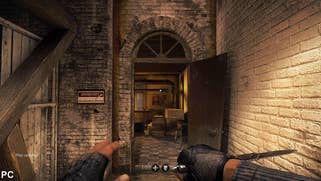
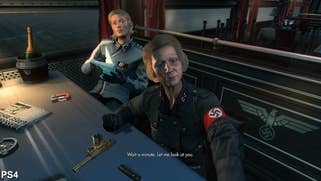




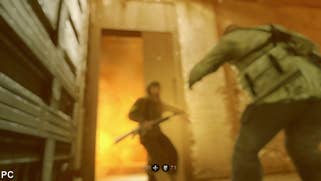


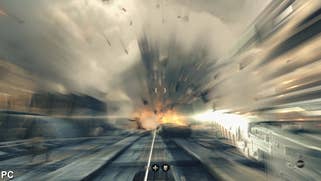
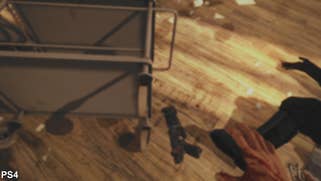
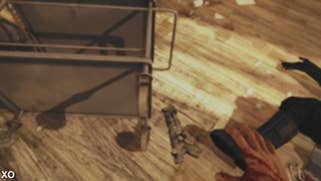

On top of that we occasionally see heavier alpha effects deployed for smoke and particles during gameplay, although these appear to be limited to small extra debris flying across the screen when scenery is damaged and during vehicle collisions. Meanwhile, shadow quality on the PS4 is a match for the PC game with the effect at its second highest setting, although on the Xbox One these elements appear to operate using lower PCF (percentage closer filtering) sample counts which results in a more jagged shadows.
The end result of these upgrades on the PC is that the gritty visual presentation in Wolfenstein presents as a slightly more refined version of the console editions, showcasing how the id Tech 5 engine scales up when running on higher-end hardware. However, there's the sense that the experience falls short of what is expected by the latest generation of high-end games, with dynamic lighting and the number of advanced effects appearing well below that of Battlefield 4 or Crysis 3. In theory the decision to more tightly restrict the use of rendering features should allow for players to run the game at 60fps without needing top-end gaming rigs, as long as you don't go crazy by ramping everything up to the max, at which point the id Tech 5 engine becomes highly demanding.
In a system featuring a Core i5 3570 and Nvidia GTX 680 graphics card, we had to lower shadow quality down a few notches and reduce screen-space reflections to achieve a solid 60fps at 1080p. Otherwise we would be hit by frequently large frame-rate drops and plenty of tearing (adaptive v-sync is present in Wolfenstein, so if the frame-rate starts to drop below 60fps the game tears to maintain as much smoothness as possible - even if you hard-set v-sync). Alternatively, we could also yield a mostly solid 60fps by enabling texture compression and reducing shadow quality, while keeping reflections at a higher level.
To put things into perspective, the PS4 and Xbox One versions of Wolfenstein provide an almost identical gameplay experience without having to deal with any potential frame-rate or tearing issues: both consoles basically deliver a locked 60fps without dropping v-sync. We did encounter one issue on the Xbox One where performance was heavily interrupted at one point, but after repeated tests we could never replicate the phenomenon, and we never experienced anywhere else in the game, where firefights became even more intense. There's also the use of a dynamic framebuffer to consider, but we feel that the drop in image quality is well worth the trade-off for the superb low-latency gameplay that a solid 60fps can only provide.
"The game thrives on its locked 60fps action - with varying levels of resolution scaling employed to sustain it."
So just how scalable is id Tech 5? The true test of the engine would be to compare the results of the new consoles with the last. Unfortunately Bethesda didn't send us last-gen code, but we borrowed the PS3 version and stacked it up against The New Order running on PS4 to see the key advantages the new consoles bring to the game. Naturally, the target resolution is pegged at 720p on PS3, but a dynamic framebuffer regularly results in sub-HD visuals as the engine attempts to hold a solid 60fps - just as it did in the PS3 version of Rage. This results in a somewhat murkier look, with fuzzier geometry edges - exacerbated by the lack of anti-aliasing - and blurrier textures.
Other cutbacks include a reduction in alpha-based effects (smoke, fire and debris), the loss of screen-space reflections on shiny surfaces, and the removal of the fluid simulation used to replicate the swell and flow of water. We also see simpler levels of post-processing, with the noise filter used to give the game a gritty oppressive look on the PS4, Xbox One and PC builds appears to be completely absent. The lighting model takes a knock too, dramatically changing how characters and portions of the environment are illuminated. This leads to an unusually dark look in many areas, with enemies and objects cast in shadow.
Overall, we are looking at a build that lacks much of the sparkle of the PS4, Xbox One and PC versions when it comes to visual fidelity, but the core gameplay experience remains remarkably preserved. 60fps is the target, and for the most part the engine does an admirable job of maintaining it during hectic scenes. Things aren't perfect though, and there are some short but heavy bouts of tearing when the engine is under stress. It's an annoyance, but keeping v-sync engaged here would have compromised the feel of the controls and we feel that Machine Games made the right trade.




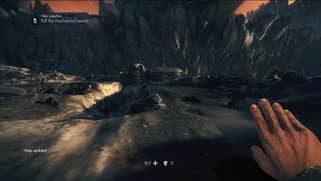
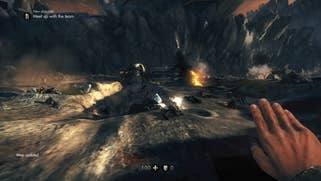
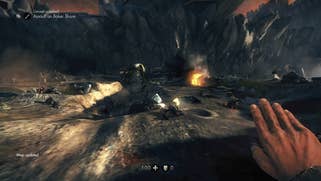





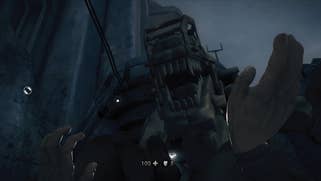


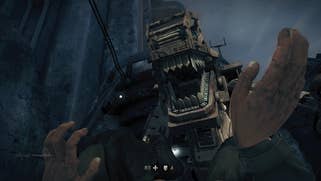
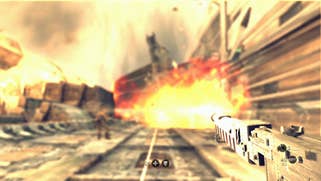

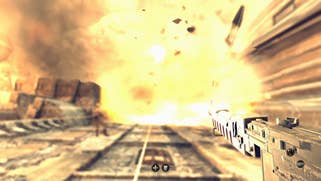
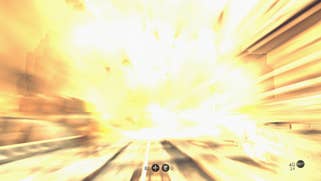
Wolfenstein: The New Order - the Digital Foundry verdict
John Carmack's pursuit of megatexture technology has come in for plenty of criticism over the years. Some believed that the texture-streaming issues and limitations in dealing with dynamic light sources and effects were too high a price to pay compared to the variety that the tech introduced into the gameplay. Others were disappointed in an id Software title that put veteran console technology ahead of high-end PC rendering. Wolfenstein demonstrates that given more powerful hardware to work with, id Tech 5 can still deliver a highly worthwhile experience.
The new game demonstrates that the engine is highly adaptable, with the quality of the artwork and the number of effects and light sources scaling up nicely to meet the demands of newer, far more capable hardware. While the rendering tech does feel a little old compared to the likes of Killzone Shadow Fall and Battlefield 4, this is still a good-looking game that plays very well - and the locked 60fps frame-rate plays a big part in that.
Outside of the more aggressive dynamic framebuffer on the Xbox One, there's little to separate it from the PS4 game. Shadow quality is slightly better on the PS4, but the artwork, effects and lighting are all basically identical. The PS4 holds up the closest in delivering a native 1080p experience at 60fps, so benefits from slightly more consistent image quality. As such, once again it's the PS4 release that is our preferred console choice. However, the differences between the two consoles are minor and Wolfenstein is really a worthwhile purchase no matter which one of these systems you own.
So many of these Face-Off articles result in a technical win for the PC version, and by any visual quality metric you choose, once again it is the 'best' release available thanks to its improved effects and the ability to support resolutions in excess of 1080p. However, it's hard work calibrating the game to play as consistently well as the locked frame-rate console versions. With their ability to tweak visual quality on the fly in order to produce the best 60fps experience available, it's actually the PS4 and Xbox One versions that are more immediately and consistently gratifying.
